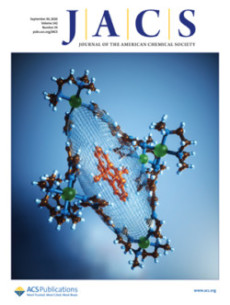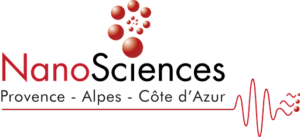Open and Closed Radicals: Local Geometry around Unpaired Electrons Governs Magic-Angle Spinning Dynamic Nuclear Polarization Performance
Gabriele Stevanato, Gilles Casano, Dominik J. Kubicki, Yu Rao, Laura Esteban Hofer, Georges Menzildjian, Hakim Karoui, Didier Siri, Manuel Cordova, Maxim Yulikov, Gunnar Jeschke, Moreno Lelli, Anne Lesage, Olivier Ouari, Lyndon Emsley,
Journal of the American Chemical Society, 142 16587-16599 (2020)
The development of magic-angle spinning dynamic nuclear polarization (MAS DNP) has allowed atomic-level characterization of materials for which conventional solid-state NMR is impractical due to the lack of sensitivity. The rapid progress of MAS DNP has been largely enabled through the understanding of rational design concepts for more efficient polarizing agents (PAs). Here, we identify a new design principle which has so far been overlooked. We find that the local geometry around the unpaired electron can change the DNP enhancement by an order of magnitude for two otherwise identical conformers. We present a set of 13 new stable mono- and dinitroxide PAs for MAS DNP NMR where this principle is demonstrated. The radicals are divided into two groups of isomers, named open (O-) and closed (C-), based on the ring conformations in the vicinity of the N-O bond. In all cases, the open conformers exhibit dramatically improved DNP performance as compared to the closed counterparts. In particular, a new urea-based biradical named HydrOPol and a mononitroxide O-MbPyTol yield enhancements of 330 +/- 60 and 119 +/- 25, respectively, at 9.4 T and 100 K, which are the highest enhancements reported so far in the aqueous solvents used here. We find that while the conformational changes do not significantly affect electron spin-spin distances, they do affect the distribution of the exchange couplings in these biradicals. Electron spin echo envelope modulation (ESEEM) experiments suggest that the improved performance of the open conformers is correlated with higher solvent accessibility.





